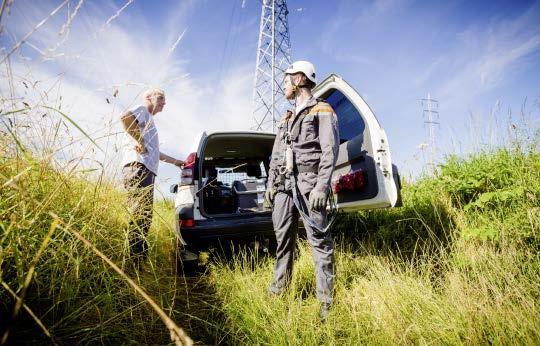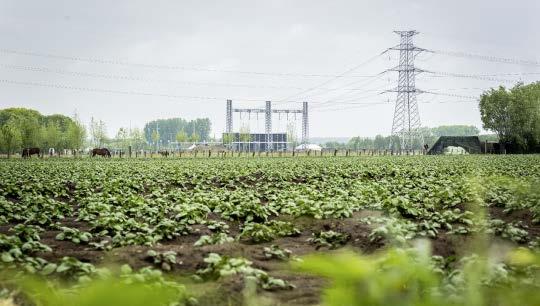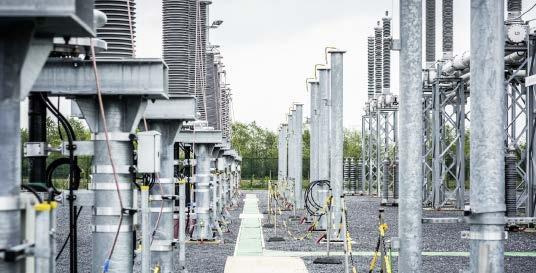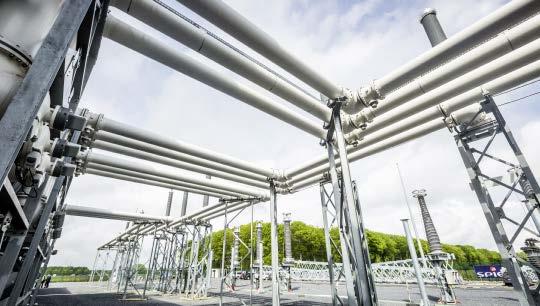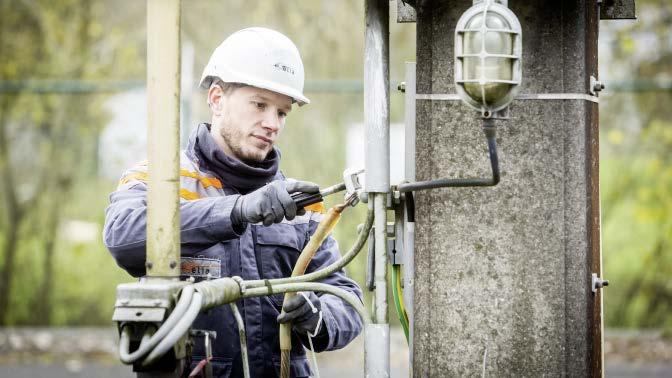
2 minute read
6.2. Decarbonising the electricity system
— Tariff and support mechanism design for renewables and thermal capacity, each with their respective incentives, have not been taken into account (except as far as strictly necessary for the analysis of the nuclear phase-out). — The technologies considered in this study are mature: wind,
PV, battery storage, generation and transmission technologies and digitalisation. The expected evolution of their cost is taken into account. Conversely, the legitimate expectation that other disruptive technologies could emerge in the future at a competitive cost, does not invalidate the urgency to take decisions today, based on today’s knowledge. Based on past experience, it was assumed that Belgium would take no bet on large scale development of technologies that are not economically or technically mature.
In order to reach the European targets for the total energy system of 80% decarbonisation in 2050, the electricity system should be close to carbon free (more than 90%) at the 2050 milestone. Achieving this target for the electricity system will require using the full potential of renewable energy sources, increased energy efficiency and reinforced grids, both local and crossborder. Electrification of energy vectors like transport, heating and others will also play an important role. The final stages for reaching the 2050 target will need additional technological and societal developments, which are unclear for the time being. Nevertheless, quantified scenarios until 2040 have been elaborated upon, based on today’s mature technologies in the fields of generation, storage, networks and digitalisation. In terms of the share of renewable energy in the Belgian electricity consumption, the figures for 2040 give 40% in the ‘Base Case’ scenario and up to 68% in the ‘Large Scale RES’ scenario. The realisation of this latter scenario - requiring North Sea cooperation for offshore wind - promises to be challenging to say the least. Therefore, these figures illustrate the difficulty for a small and densely populated country with a short coastline and medium sunlight such as Belgium to reach the 2050 targets on a stand-alone basis. On the other hand, when looking at the energy mix for the EU22 perimeter countries, the model suggests that gas-fired power will still account for 20 to 25% of the electricity mix in 2040, alongside renewables (60 to 68%) and a remaining but decreasing share of nuclear. With this mix, the reduction of CO2 in 2040 would reach levels in the range of 66 to 75% for the EU22 country perimeter. The 20 to 25% gas generation in this electricity mix will mainly be delivered by highly efficient, low emission plants (CCGT or CHP). These plants will ideally be situated close to the big load centers that are also densely interconnected with the other countries, for economic and reliability reasons. From the aforementioned findings, a vision for the Belgian electricity mix towards 2040 can be derived: the optimal development of renewables (but probably at a lower rate than the EU22 countries perimeter due to demographic and geographical reasons) goes hand in hand with a comparatively higher part of efficient gas-fired generation to fill the gap, benefitting from strong interconnections.


